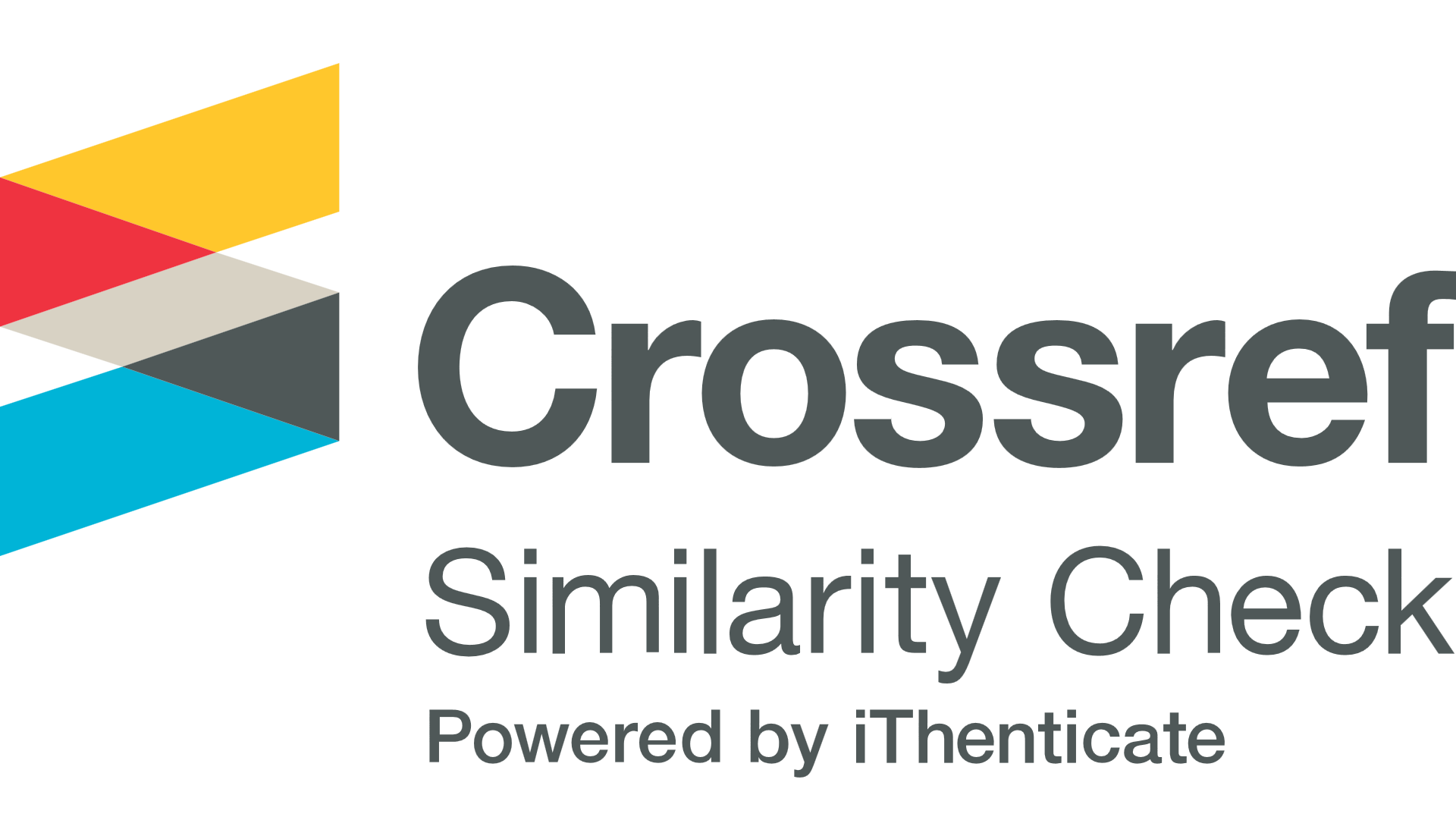Allelopathic Influences of Lower Plants on Barley (Hordeum vulgare L.) Seed Germination and Some Growth Characteristics
Abstract
The present research aimed to study the effects of lower plant residues of (Cladophora glomerata, Chara sp., and Ceratophyllum demersum) with three treatments of 0.5, 1%, and 1.5% as an allelopathic agent on the barley (Hordeum vulgare L.) germination, growth properties, chlorophyll content, and relative growth rate (RGR). Statistically, a completely randomized design (CRD) was used with four replications, and Duncans test was applied to compare means. Results showed that using Chara sp. at a dose of 1.5% significantly (P0.05) increased shoot weight, number of spikes, and the total weight of seed, while spike length significantly increased at a 1% dose. Cladophora sp. at 1.5% dose significantly(P0.05) increased plant length, shoot weight, spike length, number of spikes, and the total weight of seed compared to the control plant. However, the flag leaf length was increased significantly (P0.05) at 1% treatment. Ceratophyllum demersum at 1% and 1.5 % doses (P0.05) causes increases in the total chlorophyll content, and chlorophyll a. The highest inhibition percentage was observed at a 1% dosage of Cladophora glomerata residues.





